Speed "Lira": submarine project 705
Idea
At the end of the fifties, SKB-143 (now the Malachite SPMBM) simultaneously developed several projects of submarines in which certain new design solutions were used. In 1959, designer A. B. Petrov proposed the creation of a small-sized single-shaft nuclear submarine (NPS) project with a reduced crew and a large number of automation equipment. In addition, the proposal implied the provision of high running characteristics: with an underwater speed over 40 nodes, a promising submarine could as soon as possible go into the required area of the world ocean and carry out the tasks assigned to it. An interesting feature of such a submarine would be the ability to get away from enemy torpedoes due to high speed.
SKB-143 management became interested in the new idea and put it forward for discussion. Discussion of the proposal with the participation of representatives of the naval fleetThe shipbuilding industry and the country's leadership turned out to be quite long and stormy. The debate led to the correction of some nuances of the appearance of the future submarine. In a modified form, the proposal received the support of the Minister of the shipbuilding industry B.E. Butomas and Navy Commander Admiral S.G. Gorshkova.
In June, the 1960 of the Year of the CPSU Central Committee and the USSR Council of Ministers issued a joint resolution on the beginning of the development of the project with the code designation “705” and the name “Lyra”. In the draft submarine was supposed to use a lot of original technical solutions and new technologies, designed to ensure the implementation of technical requirements. Because of this, in May 1961, a new decree appeared, according to which the designers of SKB-143 were allowed to deviate from the norms and rules of military shipbuilding that existed at that time, if they could prove the necessity of such measures. The May 1961 of the year resolution virtually unleashed the hands of engineers and allowed to implement all or almost all plans.
The main designer of the project 705 "Lear" became MG. Rusanov, and the general management of the program for the development and construction of the submarine became the task of Academician A.P. Alexandrova. From the Navy, the project was monitored by V.V. Gordeev and K.I. Martynenko. The project to create a nuclear submarine "705" had a high priority and several scientific and design organizations were involved in its creation.
Project 705
According to the analysis of several variants of the overall architecture, the most successful one was chosen. The submarine of the 705 project was supposed to be built according to a double-hull single-shaft design. To improve the hydrodynamic characteristics and increase the speed of the underwater course, the project attracted specialists from the Moscow branch of TsAGI. The group of hydrodynamic scientists involved in calculating the appearance of a promising submarine was headed by KK Fedyaevsky. As a result, a recommendation emerged to carry out the hull of the boat in the form of a rotating body with a small streamlined felling on the top.
Steel and titanium were proposed as the main material for the hull construction. For some time, there was a parallel development of two versions of the case, which differed only in material. The titanium case had the best characteristics in comparison with the steel one. Therefore, the design of the latter ceased, and titanium became the main material of the hull of the submarine. Experts of the Central Research Institute of Metallurgy and Welding headed by Academician I.V. Gorynin.
The internal volume of the robust housing with sealed bulkheads was divided into six compartments. At the same time, the third compartment, in which the utility rooms were located and the main command post, had spherical bulkheads. Due to this, the third compartment could withstand the same water pressure as the robust case itself. Another measure taken to ensure the safety of the crew was the pop-up cabin. In the event of an accident, the cabin could become a rescue chamber for the entire crew. The design of the cabin allowed to float from the maximum depth and with a large roll or trim.
The preliminary draft of the promising submarine meant reducing the crew to 16 people. However, the absence of a number of important instruments capable of taking on part of the crew’s work led to significant changes. At the request of the fleet, the crew was increased to 29 people, and then brought to the final value - 32 officer and midshipman. Food supplies should be enough for autonomous navigation lasting up to 50 days.
The surface displacement of the submarine of the 705 project, according to calculations, was to exceed 2250 tons, underwater - 3180 tons. The maximum length of the submarine was 79,6 meters, body width - 10 meters. In the early stages of the project, it was assumed that the submarine displacement would not exceed 1500-2000 tons.
Requirements for the maximum speed of the underwater course, taking into account the size and weight of the boat, required the creation of a new powerful power plant. Of the several options, a variant with a single reactor using liquid metal coolant was chosen. Compared with the existing water-cooled reactors at that time, this power plant was more compact and lighter. According to calculations, weight savings reached 300 tons.
OK-550 reactor, developed in Gorky OKBM under the leadership of I.I. Afrikanov, set on a beam foundation, used in previous projects. For turbo gear units with shaft power up to 40 ths. Hp A new depreciation unit was developed, which allowed reducing the noise level produced by the submarine. A few more noisy units installed on separate pneumatic shock absorbers. The basis of the electric system of the submarine were two generators with a power of 1500 kW (voltage 400 V, frequency 400 Hz). In addition, the boat was equipped with an auxiliary diesel generator (500 kW) and an emergency battery.
Reducing the crew to the lowest possible level was possible only on condition that a new electronic equipment complex was created. In this regard, the Central Design Bureau of the plant. Kulakov (now the Central Research Institute "Granit") created a new combat information and control system "Accord", which allowed to manage all technical means and systems from the central post. The various components of the Accord system were designed to collect and process information about the environment, control weapons systems, ship navigation, etc.
The use of an automated information management system made it possible to change the methods of equipment operation. Thus, the 705 project did not provide for the permanent duty of the crew members at individual units and mechanisms. Instead, it was intended to periodically conduct a routine inspection of the compartments. Combat shift submarine consisted of only eight people.
The main tool for detecting targets of the 705 submarine of the project was to become the Ocean’s hydroacoustic complex. For navigation, the boat was equipped with the Sozh complex, to control weapons - "Sargan" complex. These systems performed part of their functions in automatic mode, which made it possible to significantly reduce the workload on the crew. In addition to these systems, the promising submarine was to receive a number of other equipment designed to control various systems.
Prospective submarine received six torpedo tubes caliber 533 mm. Pneumo-hydraulic devices allowed shooting at any depth, from the periscope to the limit. The ammunition submarine of the 705 submarine consisted of an 20 torpedo SAET-60 or CAT-65 torpedo. If necessary, submarines could take on board up to 24 PMR-1 or PMR-2 mines.
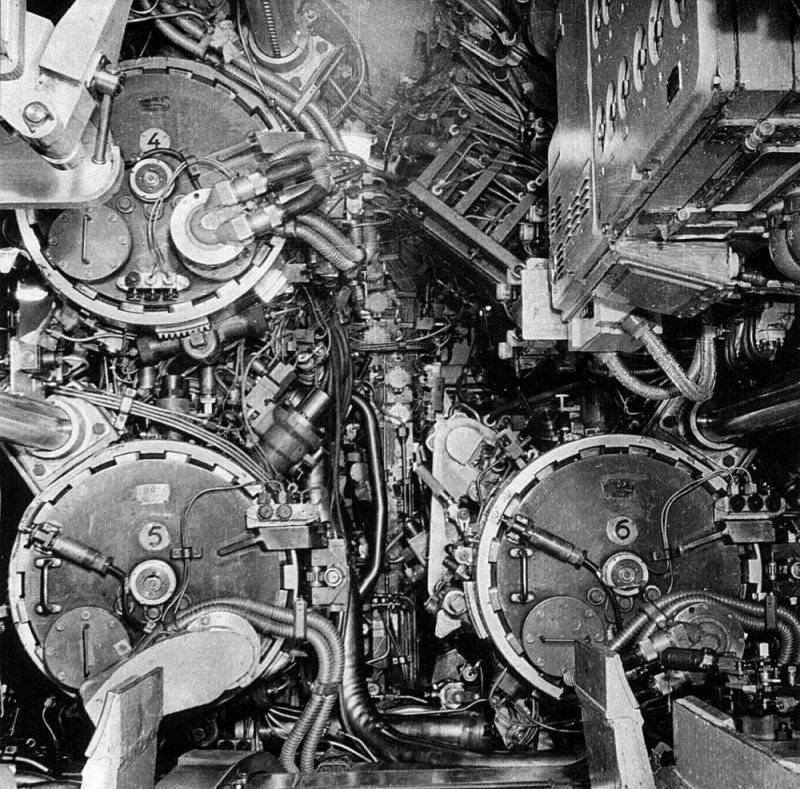
For the first time, pneumohydraulic torpedo tubes were installed on the nuclear submarine of the 705 project, which ensured firing in the entire depth range of the submersible
Submarines project 705 should have the following characteristics. The maximum speed in the surface position had to reach 14 nodes, in the subsea - exceed 40 nodes. The working depth of the dive is 320 meters, the maximum one is 400 m. To control the course, the submarine received steering wheels on vertical feed stabilizers. One pair of depth rudders was placed on horizontal stabilizers, the second - in the forward part of the hull, if necessary it could be removed under a light hull.
2 June 1968, the first submarine of the 705 project was laid on the stocks of the Leningrad Admiralty Association. Already 22 April 1969, the boat K-64 launched on the water. 31 December 1971, she joined the Northern Fleet. It should be noted that during the sea trials a new submarine, in the construction of which a large number of bold and original ideas were used, was constantly harassed by various technical problems. Repeatedly there were malfunctions of the reactor, and cracks in the titanium case were identified. In 1972, during the execution of the combat training task, problems with the reactor began again. At this time, the liquid metal coolant began to harden, because of which it was necessary to shut off the reactor. Problems with the reactor led to the fact that in August 1974, the submarine K-64 was withdrawn from the combat fleet of the Northern Fleet.
Before the start of serious problems with the K-64 reactor, the industry managed to begin construction of three more submarines of the 705 project. In connection with the malfunction of the lead ship reactor, it was decided to suspend construction until the existing deficiencies were identified and corrected.
It took a lot of time to solve the existing problems. Because of this, the serial project boats became part of the fleet only in the late seventies.
Both Leningrad shipbuilders and workers at the Sevmash plant in Severodvinsk participated in the construction of new submarines. The serial ships that followed the K-64 boat differed from it in the length of the hull. When finalized in the early seventies, the reactor compartment submarines project 705 has become a little longer. Because of this, the total length of the submarines rose to 81,4 m. According to the 705 project, only four submarines were built, after which new ships were built in accordance with the updated 705K project.
Project 705K
Three submarines built project 705K were laid in the early seventies. They were supposed to build in accordance with the project 705. Some sources mention the construction of the fourth submarine of the project 705K, which was laid, but later dismantled on the stocks.
The nuclear reactor used on the K-64 submarine did not suit the military, which made it necessary to develop a new power plant for the new 705K submarines. Simultaneously with the OK-550 reactor, another power plant was being developed. Designers OKB "Gidropress" headed by V.V. Stekolnikov created a preliminary design of the reactor BM-40А; however, another system was chosen for use on submarines. After analyzing the problems encountered during the operation of the K-64 submarine, it was decided to continue the BM-40А project. The new main power plant had a different composition of units and was mounted on a foundation with double damping. The reactor using the coolant in the form of a lead-bismuth alloy developed thermal power up to 150 MW. The use of a new power plant made it possible to reduce the length of the submarine in comparison with serial ships of the 705 project.
Exploitation
The seventh submarine of the project "Lira" (K-463) became part of the Navy in the last days of December 1981. New submarines created a real sensation in their respective circles. Despite the problems with various systems, the new submarines had the highest characteristics. During testing, the submarines of the 705 and 705K projects developed an underwater speed up to the 41 node. Thus, in terms of submarine speed, the Lyra was inferior only to the K-222 submarine, built according to the 661 “Anchar” project and developing a speed above 42 nodes. The new nuclear power plant could move to maximum operating parameters without special procedures. Because of this, the submarine was able to gain full speed in just 1-1,5 minutes and produce a turn of 180 ° in 40-45 seconds.
The unique driving characteristics of the Lira submarines made it possible to create several new methods for avoiding enemy torpedoes. Having detected the attack in time, the submarine could quickly pick up the desired speed and get away from the torpedo. In addition, in the course of evading an enemy attack, the nuclear submarine could turn around and counterattack. Taking into account the fact that the only weapons of the submarines of projects 705 and 705K were torpedoes, such capabilities became one of the main factors that determined their combat potential.
The emergence of new Soviet submarines with the highest speed characteristics made a big impression on the command of a potential enemy. The most modern anti-submarine weapons have sharply lost their effectiveness and could not guaranteed hit the new Soviet submarines, which received the NATO designation Alfa. A number of foreign anti-submarine missiles and torpedoes used so far owe their existence to the Soviet 705 and 705K submarines.
As always with new bold projects, the operation of the Lear submarines was accompanied by a number of problems. First of all, it is necessary to note the fundamentally fatal drawback associated with the use of liquid metal coolant in the reactor. In order for the heat-transfer alloy not to harden, it was necessary to constantly maintain a certain temperature of the reactor, which accordingly affected the operation of the submarines. In particular, basing was difficult with the use of the existing infrastructure. In addition, it was necessary to constantly monitor the state of the liquid metal coolant and regularly carry out its regeneration - cleaning from oxides. Finally, it was supposed to form two crews for each submarine of the project. One of them was supposed to work on a submarine at sea, the second - to monitor the state of the systems while on the base. However, until the end of the service, all the "Lyres" remained with one crew.
Despite design flaws or operational problems, the submarines of the 705 and 705K projects were actively used by the sailors of the Northern Fleet. Submarines regularly participated in exercises and made autonomous campaigns. During one of the trips, the boat "Lira" clearly showed its combat capabilities. According to some sources, in the mid-eighties, one of the submarines of this type, while in the North Atlantic, pursued a NATO submarine for 22 hours. The boat of the likely opponent repeatedly attempted to escape persecution, but the high characteristics of the Lyra did not allow her to do so. Soviet sailors left NATO members only after the appropriate command from the headquarters.
In the mid-eighties, serious economic and political reforms began in the Soviet Union. Their result, among other things, was a significant reduction in the number of exercises and trips. The submarine K-123 became one of the first victims of the Perestroika that began. In the middle of 1983, it was sent for an overhaul, which was supposed to be completed in a few years. However, funding cuts led to the fact that repairs did not end until the end of the summer of 1992. Shortly before that, in early June, all seven submarines of the 705 and 705K projects received new names. In accordance with the updated nomenclature, in the name of the ships the letter "K" was replaced by "B". The numbers remain the same.
After the repair of the submarine K-123, renamed the B-123, remained the only submarine of the project, which was in service of the Navy. All other boats were withdrawn from it in 1990 year. B-123 remained in service until 1997 year. In the nineties, due to financial problems and the impossibility of timely service, the disposal of all submarines of 705 and 705K projects began. The process of dismantling boats and disposing of radioactive materials continues to this day.
The nuclear submarines of the 705 and 705K projects served no more than 15-20 years, during which they effectively carried out combat training tasks and were on duty in specified areas of the world's oceans. Unfortunately, due to technical and economic problems, the Soviet Navy received only seven such ships, but such a small number of submarines could have a great influence on the course of a hypothetical conflict.
The high fighting qualities of the Lear submarines were due to the large number of new original technical solutions. The use of the most automated control systems of the reactor, weapons, etc. allowed not only to reduce the crew, but also to get a lot of experience in creating ship electronics. It is probably the widespread use of automation that made it possible to avoid serious accidents and casualties. So, over the years of service there were several accidents of various kinds, including two disruptions in the operation of the reactor with thickening and solidification of the liquid metal coolant. However, during the struggle for survivability, the crews of the submarines did not lose a single person. All boats were retained, although the head K-64 was withdrawn from the fleet just a few years after the start of the service.
Unrealized projects based on "Lyra"
In 1963, work began on the deep modernization of the 705 project. In the course of the project, with the new designation “705A”, it was planned to create a submarine on the base of “Lyra”, capable of destroying enemy ships with the help of Amethyst cruise missiles. In addition to changing the layout of the corps, it was necessary to refine a number of systems for various purposes, as well as to create a combat information and control system capable of controlling missile weapons. Separately, it was required to provide target designation for missiles using sonar complex.
A draft version of the 705A project was developed in SKB-143. However, in the future, the command of the Navy and the leadership of the shipbuilding industry decided to consolidate all the projects of nuclear submarines with rocket armament for one design bureau. In the mid-sixties, all materials on the new project were transferred to Gorky TsKB-112 (now the Lazurit Central Design Bureau), where the 705A project received a new index - 686. For a number of reasons, the 705A / 686 project was never completed, but some developments were used in later projects of multi-purpose nuclear submarines.
In the early sixties, there was a proposal to create a submarine on the basis of the Lira project, capable of carrying ballistic missiles. The project with the index "705B" was created by the designers of SKB-143. Already the first analysis of capabilities showed that the submarine of the 705 project will be able to carry ballistic missiles only after a number of major improvements, the consequence of which should have been an increase in its dimensions and a deterioration in running characteristics. The solution to the problem could be a new ballistic missile with dimensions that fit into the dimensions of the "Lyra", like the American Polaris. In this case, it was possible to slightly increase the size of the submarine and equip it with eight missiles, while maintaining a sufficiently high submerged speed.
Submarines of the 705B project could carry and use the P-27K missiles of the D-5 complex. By 1964, the employees of SKB-143 created several variants of the draft design, which differed from each other in various details, including the number of missiles: the ammunition load of one of them was 12 units. Already in 1962, the documentation for the 705B project was transferred to TsKB-16 (later renamed Volga CPB, now part of the Malachite SPMBM), where the development received a new 687 index. The design of a promising strategic submarine missile carrier continued until the 1969 year, after which it was closed in favor of the 667A project.
In the late sixties, SKB-143 began work on creating the 705 project. The letter “D” meant “prearmed”, which fully reflected the purpose of the project. It was assumed that the new submarines, in addition to the six torpedo tubes, would receive four or six rocket launchers of the 650 caliber mm. To simplify the project and eliminate serious modifications of the robust hull, the containers with missiles should be placed inside the felling fence. The basis for the 705 project was the 705K project.
A draft version of the 705 project was ready in 1970, and two years later the Navy command approved the technical task. In addition to additional armament in the form of rocket-torpedoes, the upgraded submarines were to receive several more new systems and aggregates that improve performance and facilitate the work of the crew. In the first quarter of 1974, SKB-143 presented a technical design of a promising submarine with reinforced armament for consideration. The project was approved, but this stopped all the work. Due to the protracted development of a promising boat no longer looked fit for use in the future.
On the materials of the sites:
http://deepstorm.ru/
http://voencomrus.ru/
http://army.lv/ru/
http://русская-сила.рф/
http://oosif.ru/
http://kuleshovoleg.livejournal.com/
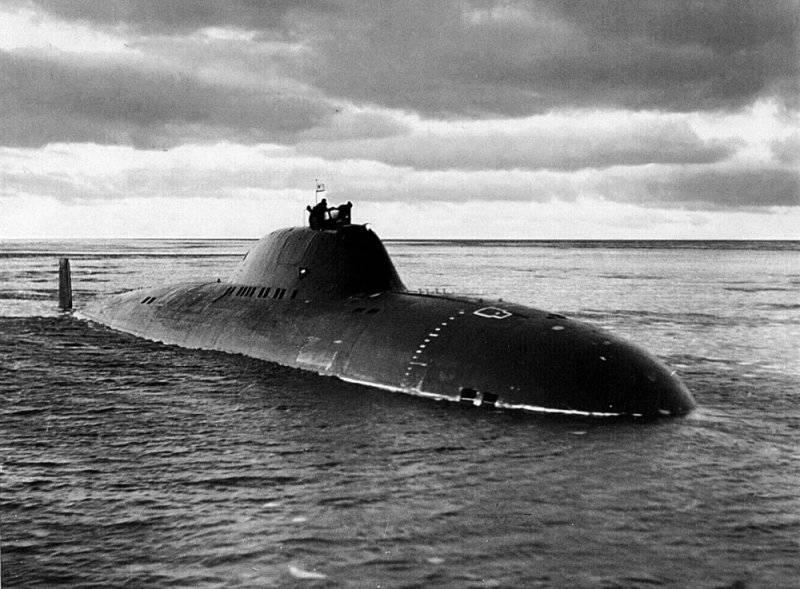
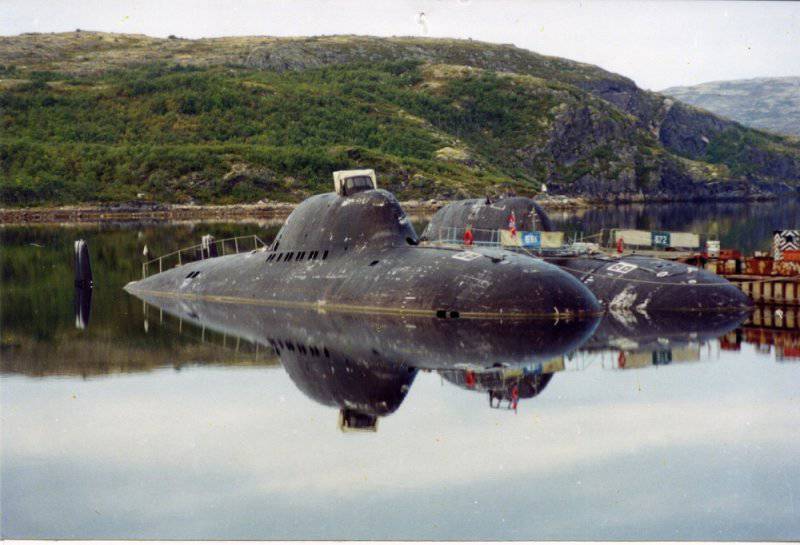
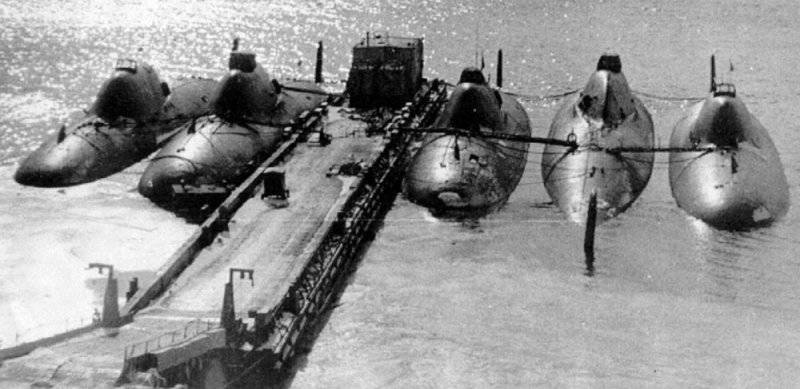
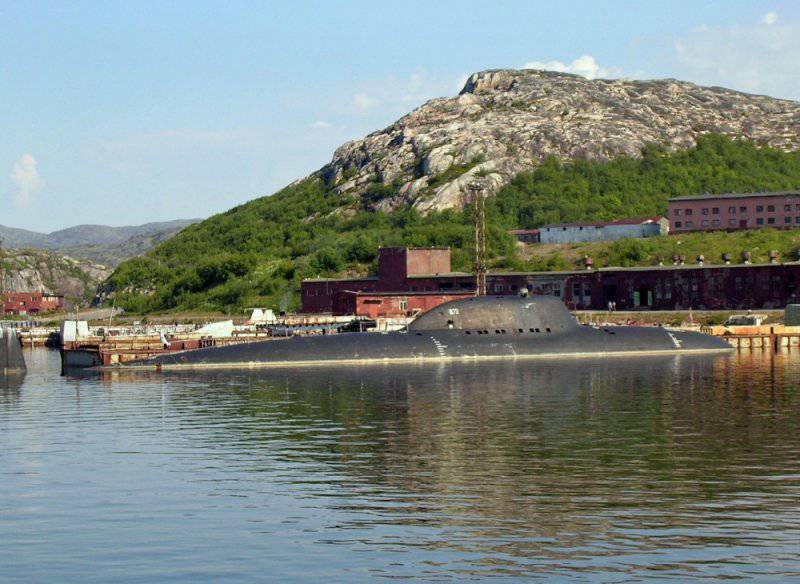
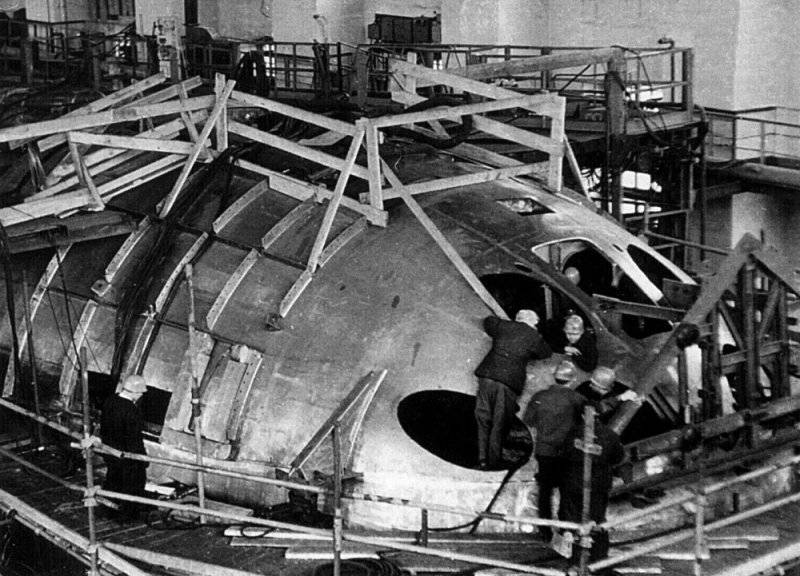
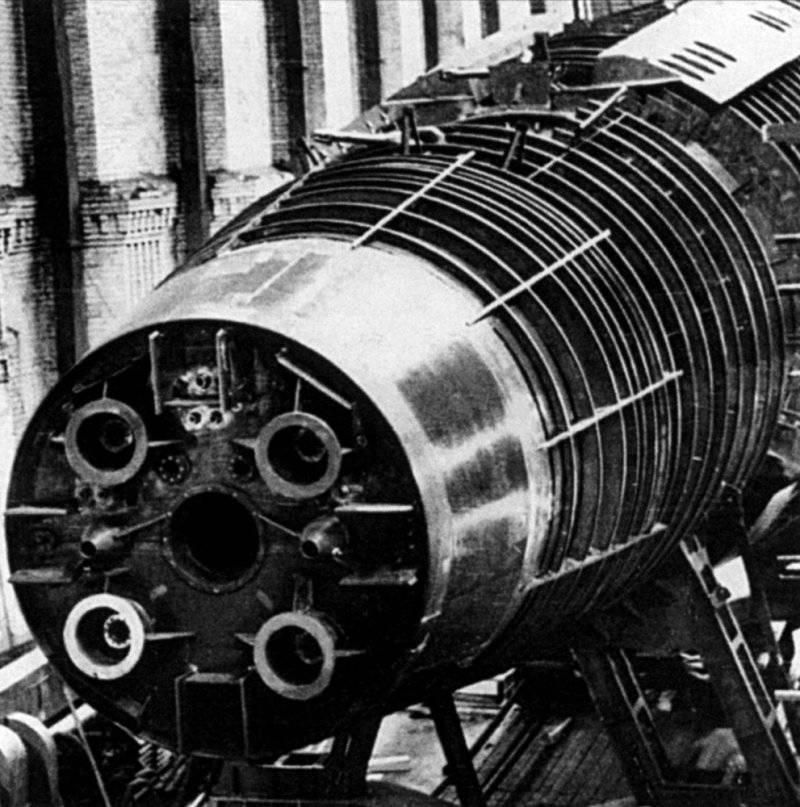
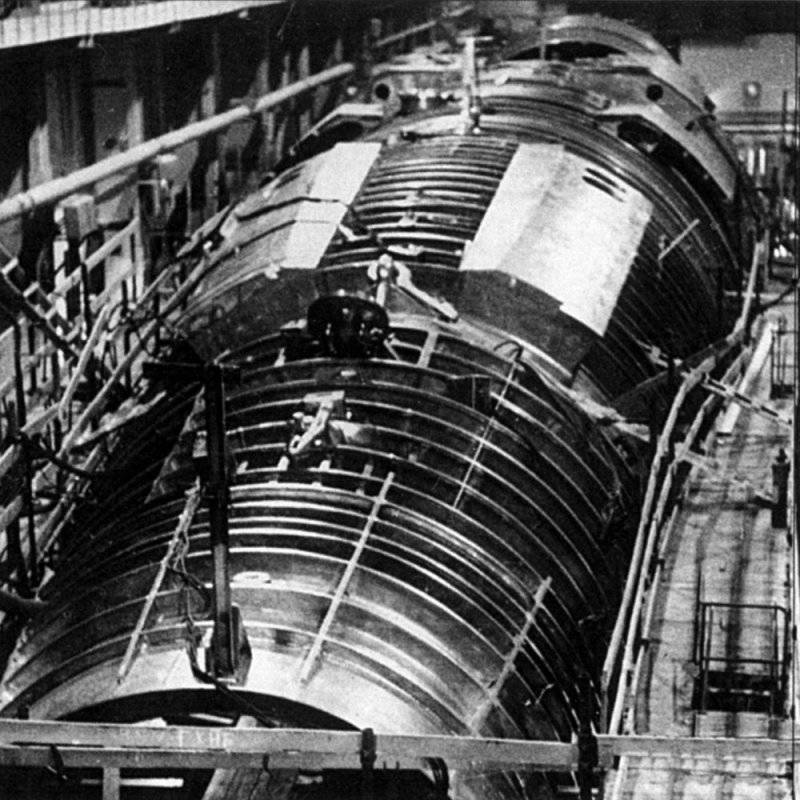
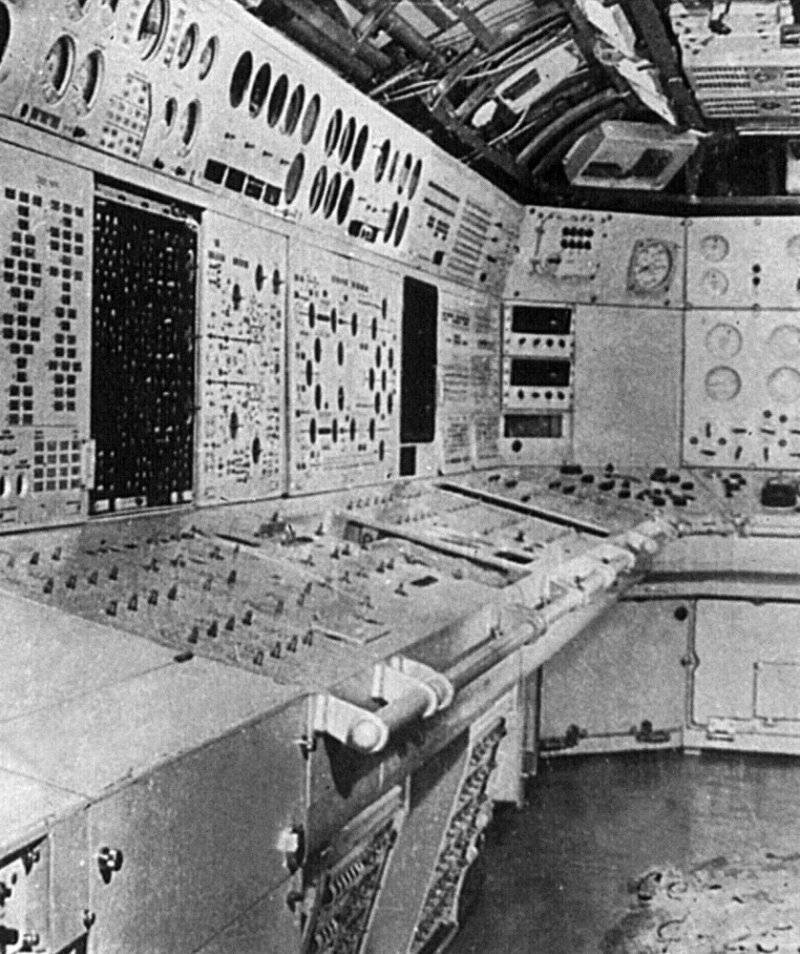
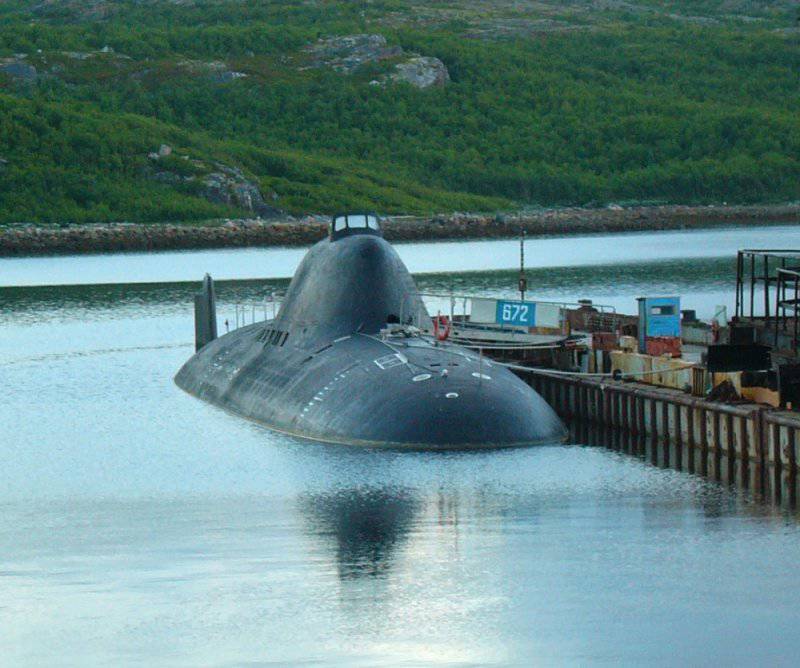
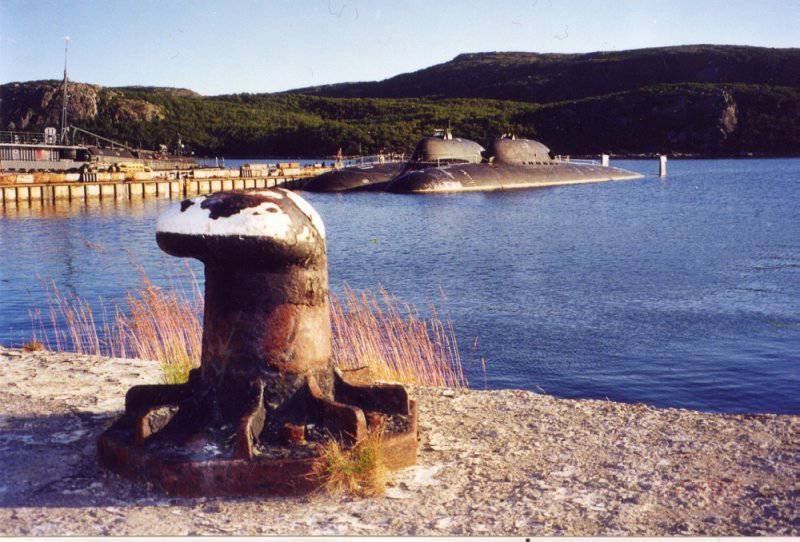
Information